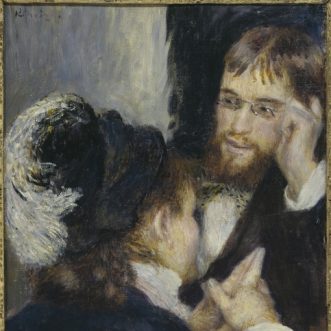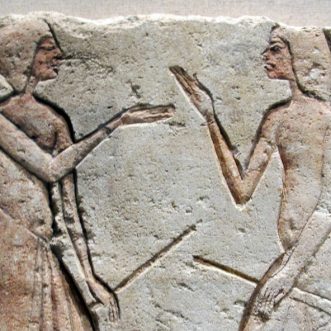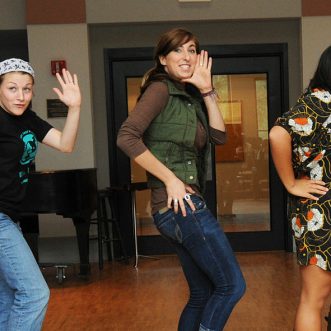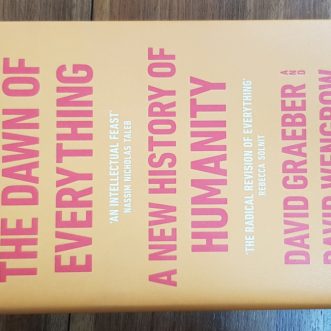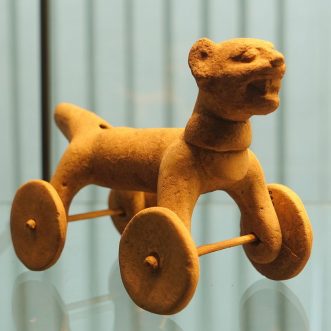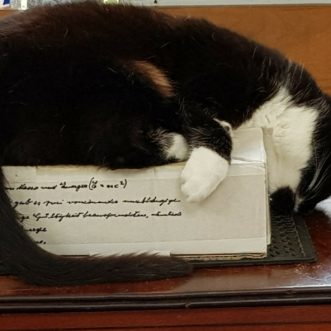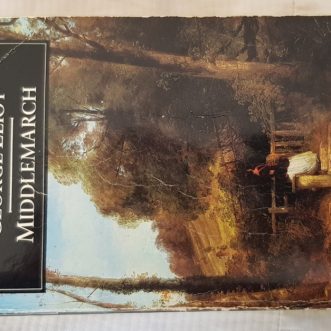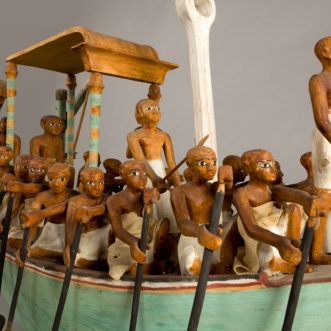
Making
You may think a business is simply a matter of creating, manufacturing and selling products or services.
It’s also about creating people. We spend most of our lives at work. So the way we work together to make, sell and deliver those products and services has a significant impact on our capabilities, capacities and beliefs. Work changes us, forms us.
That means that a business is also about making society. Because although ‘society’ often feels like something that’s just ‘there’ outside of us, actually it’s made by us, in the way we work, in the way we live and play outside work, in the way we think about our relationships with others.
Now you know this, you can choose to consciously create, through your business, the kind of society you want to see. Starting with the little society of prospects, customers, suppliers and employees immediately around you.
That’s why for me, a business is not a machine for making money. It’s a system for making and keeping promises.
Because it’s the relationships between people that are really important, not the things we make.


